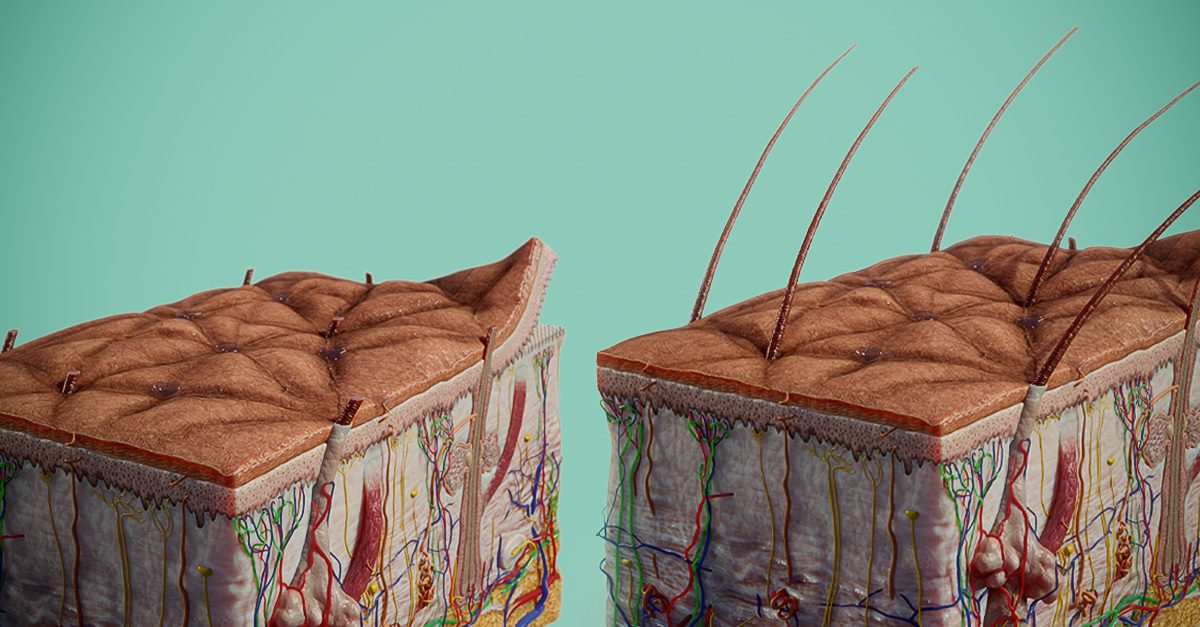
Many of us have worried that when we are shaving that our hair will end up growing back in thicker and darker. However, this have been proven to be a myth. In fact, shaving your hair does not change the thickness, colour or the rate of growth.
To first understand this myth, let’s understand the anatomy of a hair. Within the skin is the pilosebaceous unit. The pilosebaceous unit includes the hair, its follicle, its sebaceous gland and its arrector pili muscle.
The sebaceous glands secrete sebum which is important in protecting the skin. Each hair also has an arrector pili muscle which is responsible for making your hair stand erect and causing goosebumps.
Each hair grows out of a hair follicle. The hair follicle is a tubular invagination of the epidermis that sits within the dermis. The shaft of the hair refers to the main part of the hair and the part that we see growing out of the skin. The shaft tapers so that it gets smaller in diameter as it reaches the tip of the hair. The hair grows out of the skin at an angle which is why it lays flat against our skin.
When you shave your hair, you are essentially cutting the shaft back to the level of the skin. The hair within its follicle remains intact below the surface of the skin. As hair starts to grow back, we get stubble. These small hairs growing in have a sharp cut end so can feel prickly and therefore more noticeable. This may be one reason why it feels like your hair is growing in thicker.
Another reason why we may perceive our hair as growing in thicker is because the colour of the hair. As hair grows out longer, the tips become lighter. So when there is only stubble, this can look a lot darker than when your hair is grown out long.
In addition, the base of the hair is wider in diameter so it can feel like there is more hair than normal. However, as your hair continues to grow out, it will taper and become softer. Eventually, your hair will grow back to its original form.
So next time your shaving, don’t worry about altering the growth pattern of your hair. To find out more about the anatomy of a hair, check out our Skin Detailed Model in Complete Anatomy.
